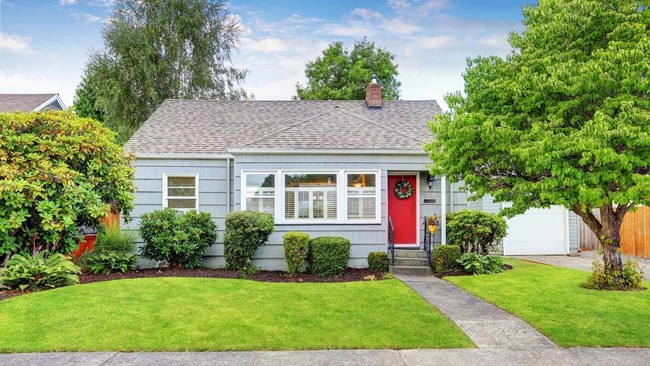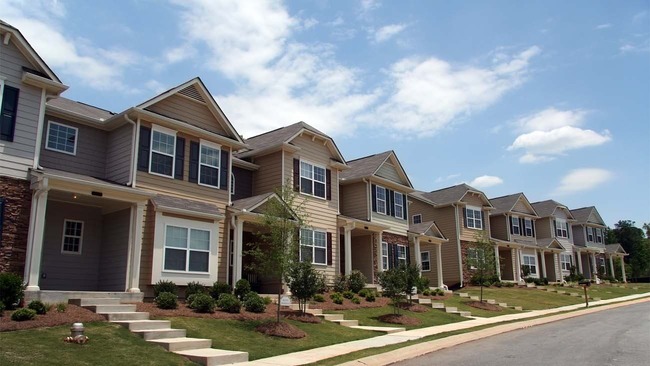How to Buy a House While Selling Your Own: Avoiding Two Mortgages

Timing is everything when it comes to buying and selling homes at the same time. Get it perfect, and you’ll be moving into your new home just as your buyers are ready to move into your old place.
Except this almost never happens.
Maybe you can’t find a buyer. Maybe you’ve found a buyer who’s having credit trouble. Or maybe your home inspections reveal some flaws that threaten to kill an existing deal. Whatever the reason, it’s not unusual for home buyers to be on the hook for a new home while also paying an existing mortgage.
Any of these four strategies — listed in order of preference — can help you with buying a house while selling your current home.
1. Draft a rent-back agreement
You may be able to earn money to cover your soon-to-be mortgage payment by offering the existing occupants extra time to stay while you sell your property. “Rent-back” agreements generally run 30 days and are paid in a lump sum. They work well for sellers who either want or need to take their time moving.
For Drew Coggin, a quality assurance analyst at American Financing, a rent-back agreement was the ideal solution. It allowed the couple selling the home he and his wife were buying to arrange for 30 days’ extra time while waiting to complete their new home’s deal. “Turns out they were out in 27 days,” Coggin says.
2. Write a contingency into your contract
While “rent-back” agreements require a measure of good faith between the buyer and seller, a contingency can be written straight into the purchase contract. Banks tend to like them because they ensure buyers aren’t taking on an extra mortgage they can’t handle.
Coggin insisted on a contingency after making an offer on “the house my wife loved.” He was given 45 days to complete the sale of their existing home. They made the deadline and to this day he’s still a fan of contingencies, presuming you can get one. Don’t expect a seller getting multiple offers above asking price to accept a contingency, and don’t be afraid to ask for one if the house you’re looking at has been on the market for a few months.
3. Take out a Home Equity Line of Credit (HELOC)
Planning to sell a home with a value higher than your mortgage balance? A Home Equity Line of Credit, or HELOC, can give you cash access to a portion of your home equity.
Say you’re buying a $350,000 home and want to put down $70,000 to cover the 20% minimum down payment to avoid paying Private Mortgage Insurance. A $100,000 HELOC would give you access to that cash and potentially a little more to handle monthly payments on your new home while you wait to sell. Just be warned: a HELOC is like a home-secured credit card. Hit the limit and you’ll be tapped out, no matter how much home equity you have.
Also, you may be unable to open a HELOC while your home is on the market. These loans are generally for existing homeowners looking to make improvements or consolidate higher interest debt.
What is the maximum home equity amount? Let us help you understand how much equity is available to you.
4. Get a bridge loan
Like a HELOC, in that it’s based on available home equity but made to give buyers the capital to carry two mortgages, bridge loans are for those who have good reason to believe they’ll have no trouble selling their existing property at a premium. Buying a new home isn’t a big risk for them. They’re generally shopping in a hot enough market. Meaning, acting fast with a good offer is the key to getting into the right house.
Trouble is, you’ll pay a price for that level of flexibility. Bridge loans aren’t widely offered and tend to include hefty fees and higher interest rates. You could be stuck paying more than you can afford if you’ve overestimated your ability to sell in a timely manner. Unless you’re actively investing in residential real estate — and using bridge loans to build a portfolio — you’ll likely do better with a HELOC or a simple contingency deal.
Interested in real estate investment? Let us coach you on options to secure financing for a rental property.
Pros & cons of buying first
Pros
- You’ll have time to find the perfect fit for your family
- You have an easier time competing because you don't have to wait for your house to sell
- You only have to move once
Cons
- It may require your offer have a contingency that your current home must sell first
- You can feel rushed about selling your home and may accept a low offer
- You may incorrectly estimate your budget and end up buying a home you cannot afford
- You could pay two mortgages at once
Pros & cons of selling first
Pros
- You’ll have the cash you need to afford the new home
- You can make a sizable down payment
- You'll know how much you can afford when buying a new home
- It's easier to qualify for a mortgage because you have less debt
Cons
- You’ll need somewhere to temporarily live after your house sells (crashing with family or finding a short-term rental)
- You may miss out on buying your dream home if your first home doesn't sell fast
- You may feel pressured to buy quickly
Buying a home in another state? Check out our six tips for long distance house hunting.
Which approach is right for you when buying and selling a home? It all depends. We recommend speaking with your realtor and working with a mortgage lender to ensure your finances are secured. You’ll have a clear idea of how much home you can afford, and you may have an easier time making a decision when it comes to buying or selling first.




